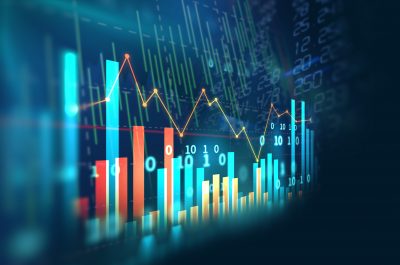Removing electricity blind spots: a win-win
With the growth in distributed energy resources (DER), such as household solar and batteries, the electricity grid is increasingly being asked to perform in a manner for which it was never designed.
It is the equivalent of expecting a single lane dirt road that services a small farm to cope with the traffic of a street full of homes.
With increasing DER, the potential for the network to experience reverse power flows, voltage fluctuations and power quality issues increases. These can damage assets and cause blackouts for customers.
It also impacts the ability of the Australian Energy Market Operator (AEMO) to manage system inertia to cope with fluctuations in generation or demand. This is because batteries and rooftop solar PV operate ‘behind the meter’ so their actual output is not known – networks can only see the ‘net’ energy at the meter. Solar PV production can be estimated reasonably well, but battery behaviour is far more difficult to predict.
This lack of visibility makes it harder for AEMO to accurately observe all power flows and demand across the entire energy system and therefore, accurately predict demand. It also makes it harder to fulfil their role of economically optimising the associated supply of energy without compromising system security or reliability.

Figure 1: The issues created by household DER impact the operation of both networks and the electricity system
Visibility is essential
A combination of targeted network investment, data sourced from other market providers of DER (like aggregators) and the DER Register, will help provide the information networks need to obtain the necessary visibility of where DER resources are located in their networks and what they are doing at any point in time.
Visibility will help them more accurately predict the behaviour of DER across the system on a daily, hourly, or even more frequent basis, and devise appropriate plans to maintain system security and optimise network investments.
As network visibility and the knowledge of DER actions increases, the ability for AEMO to more accurately estimate power flows and demand across the entire energy system will also improve.
However, unlike the transmission network which was specifically built to transport bulk energy from a few large-scale generators, the sheer number of small-scale DER installations means a much greater level of network visibility and coordination is required.
As an example, the picture below shows an Energy Queensland network visibility trial across 94 houses. Modelling just a dozen such sections of the network quickly reaches a level of scale and complexity comparable with modelling the current entire National Electricity Network. There are many thousands of sections of distribution networks that will need to be monitored and managed.

Figure 2: Queensland Low Voltage Network State Estimation Trial[i]
We can incentivise customers to offer their DER as a network resource
DER offers opportunities for customers.
While DER are helping households reduce electricity consumption and lower electricity bills now, the addition of ‘smarter’ technologies will extend the potential benefits past their meter, allowing those DER owners who want to participate in the energy market to do so.
With visibility of the local network, distributors (or aggregators) will be able to offer real-time price signals to the market allowing nearby participating DER customers to be paid to help maintain system security on the occasions it is required to:
- provide energy into the network;
- stop exporting energy to the network;
- lower demand; or
- absorb excess supply (through storage).
Customers who choose to purchase a sophisticated home energy management system or upgrade their ‘dumb’ inverter or battery technology to make it ‘smart’ will, in time, be able to receive signals and participate in these markets.
While a single household DER system offers just a small benefit to the electricity network, in aggregate, their power can be harnessed as part of virtual power plants (VPPs), providing energy as well as network support services in return for payment.
This approach will reward those households who are willing to participate in such a market. It also provides a much cheaper option for all electricity customers than the alternative of undertaking network investment, especially as the network challenges created by DER tend to affect only small areas or pockets of the network and for only short periods of the year.
It will also improve the efficiency of the low voltage network and avoid the possibility of having to limit DER connections or exports, which could otherwise undermine the payback period of customers’ DER investments.
A coordinated approach will deliver the best outcome for customers
Establishing exactly what is needed to ensure the energy system and markets can accommodate and optimise household DER is the focus of Energy Networks Australia and AEMO’s joint Open Energy Networks (OpEN) project.
A coordinated approach is in the best interests of customers as it will optimise existing network assets as well as the collective generation, storage and peak demand management opportunities of customers’ DER.
The project’s Interim Report lists a range of ‘Required Capabilities’ – no-regrets actions – that will help deliver a more optimised system. The report estimates that this optimisation will bring $1 billion of net benefits by 2030.
Enabling distribution networks to improve network visibility is the first Required Capability. The sooner we can harness the full benefits of these energy resources, the better for the grid and all customers.

